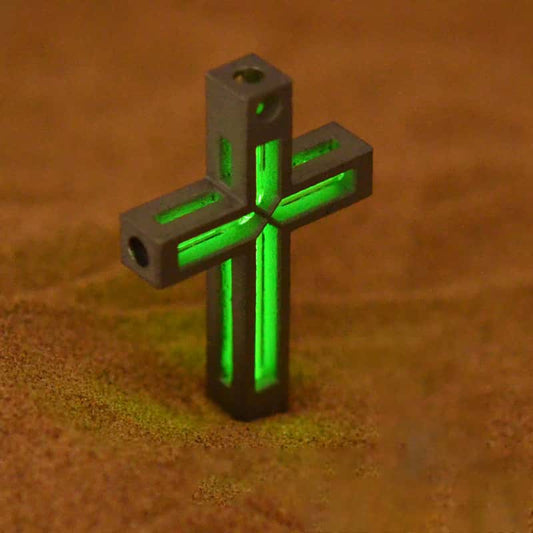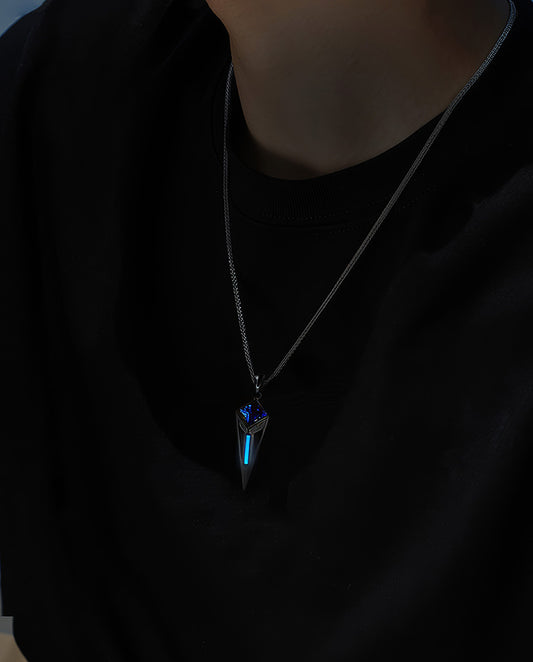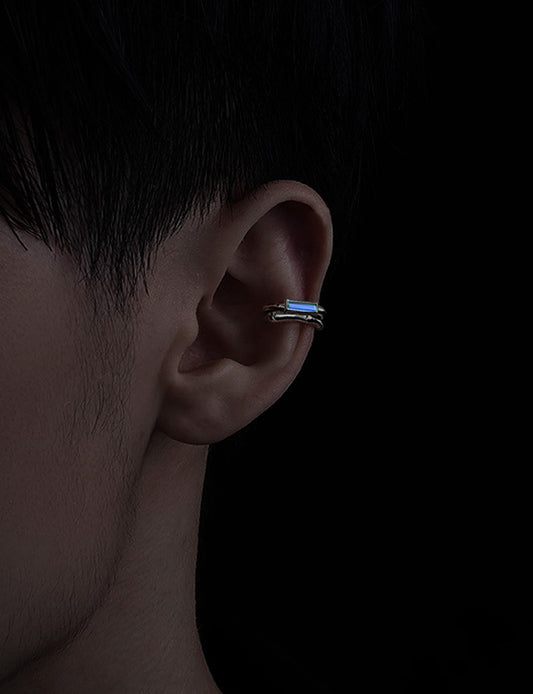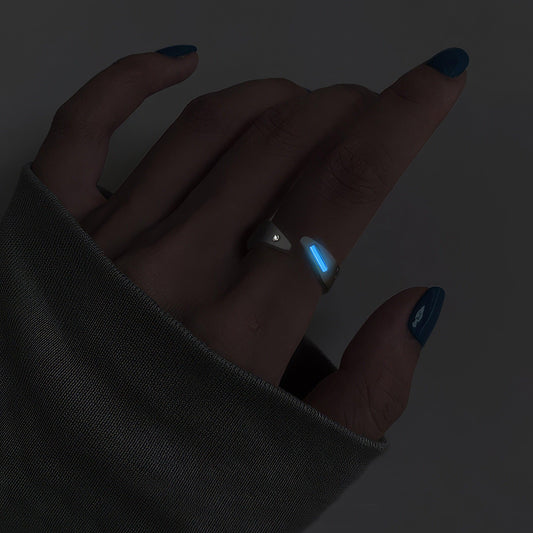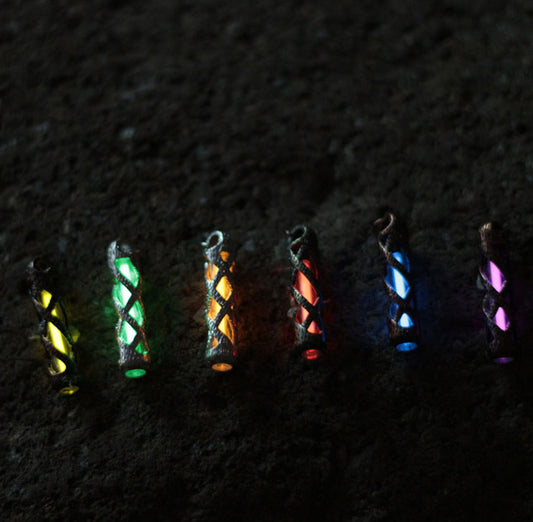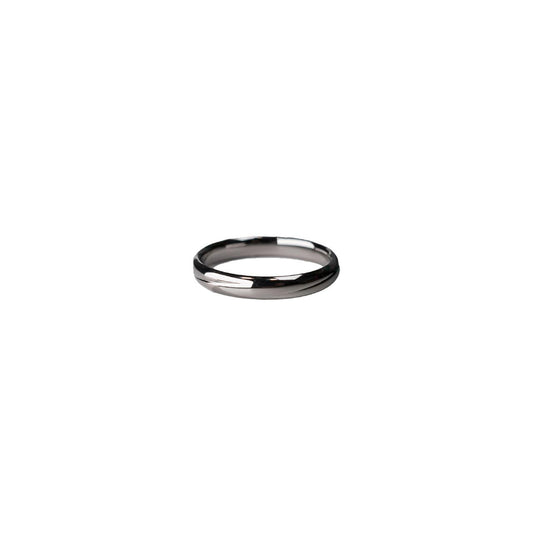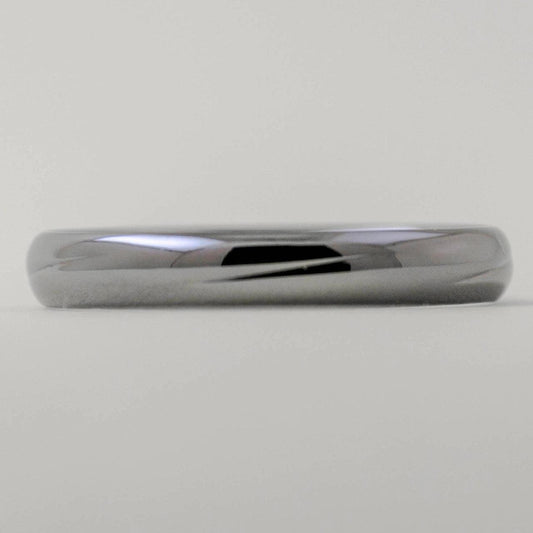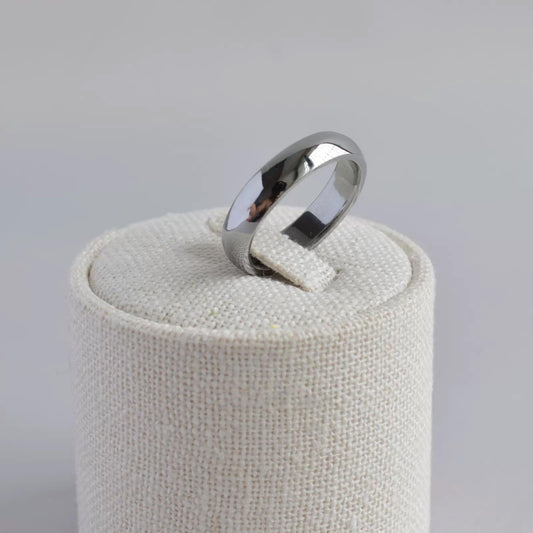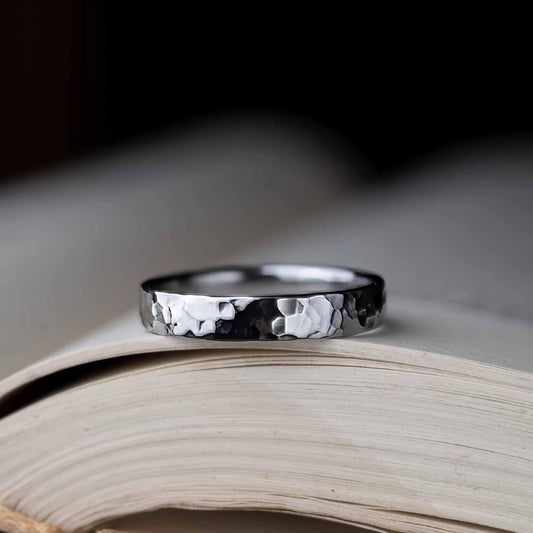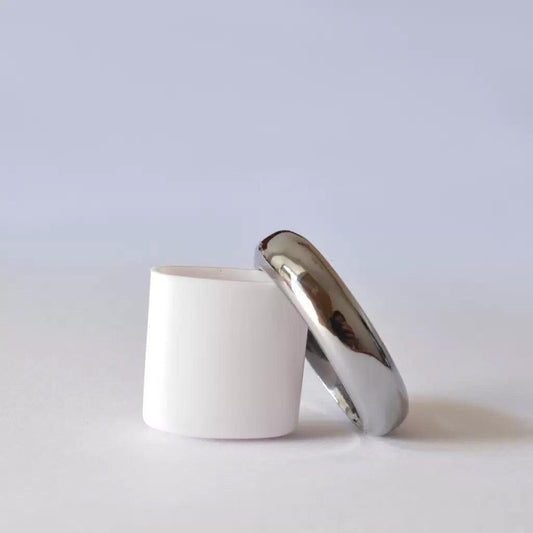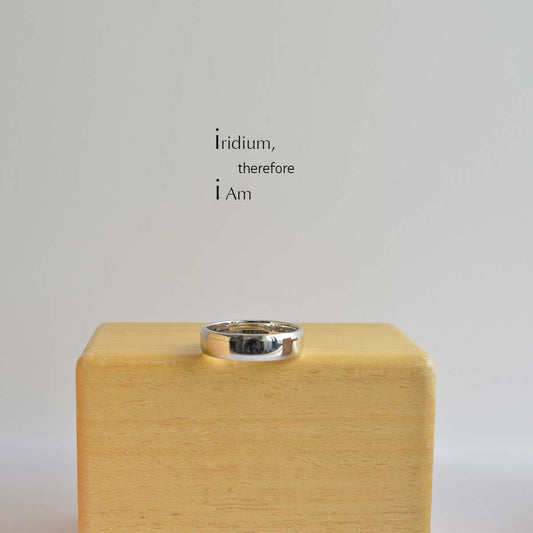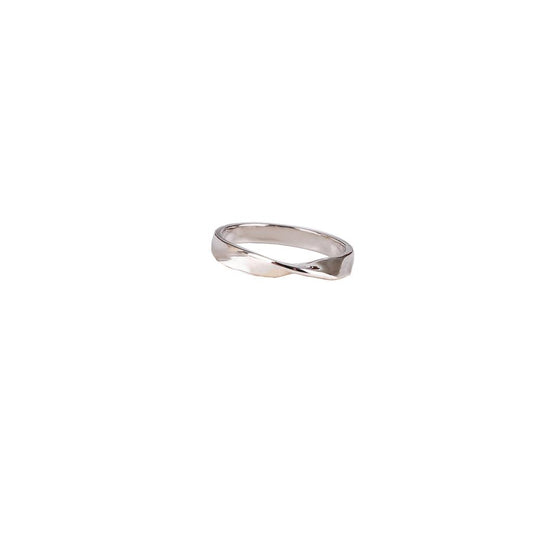Spotting the Difference Lab Diamonds vs Natural Diamonds
Spotting the Difference Lab Diamonds vs Natural Diamonds
Growing up, I was always captivated by my grandmother’s stories of her modest beginnings intertwined with tales of romance and adventure. One story that stuck with me was about her engagement ring—a family heirloom passed down through generations. It was an exquisite natural diamond, she said, and as a child, I believed it held the essence of all the love stories she shared. Now, in the age of innovation where lab-created diamonds are on the rise, I find myself wondering: could I tell the difference between diamonds of nature and those from a lab?
Lab-grown diamonds have become increasingly popular as ethical and environmentally friendly alternatives to their natural counterparts. They mimic the same physical and chemical properties as those formed underground over billions of years. But how does one discern between the two? It's a question that has piqued the curiosity of many, including myself.
The journey of a natural diamond begins deep within the earth, subjected to extreme temperature and pressure over millennia. These gems are as much a geological marvel as they are a symbol of luxury. In contrast, lab-created diamonds materialize within weeks inside sophisticated machines that replicate these natural conditions. Despite their different origins, the naked eye often struggles to differentiate them.
I recall a casual dinner last year with a close friend who works as a gemologist. Amidst laughter and wine, I dared to ask how one could tell a lab-grown diamond from a natural one. She chuckled and shared a few insider tips. One key difference lies in the inclusions. Natural diamonds often contain small imperfections, unique fingerprints of their earthly journey, while lab diamonds tend to have fewer inclusions, primarily metallic, due to their controlled creation process. Examining a diamond under a jeweler’s loupe might reveal these tiny clues, though I suppose it takes an experienced eye to spot them accurately.
Another distinguishing factor is fluorescence. When exposed to ultraviolet light, some diamonds glow—an effect more common in natural stones. However, not all laboratory gems are absent of this characteristic, so it's not a foolproof method. My friend’s advice left me more informed but also more aware of the intricacies and nuances involved.
While lab-created diamonds climb the ranks in popularity due to their sustainable appeal, the cultural resonance of natural diamonds still holds sway. It’s the narrative they carry—a connection to history and the earth—that keeps them treasured by many. Yet, I admit there’s something uplifting about wearing a beautiful stone that aligns with modern values of sustainability and ethical sourcing.
The love for diamonds, whether lab-grown or natural, ultimately reflects personal values and stories. Whether you prize the allure of age-old natural stones or the innovative promise of lab-grown ones, the choice is intimately personal. As I continue to admire my grandmother’s ring, I am reminded that the real beauty of a diamond lies not just in its sparkle but in the stories it carries and the love it symbolizes.
